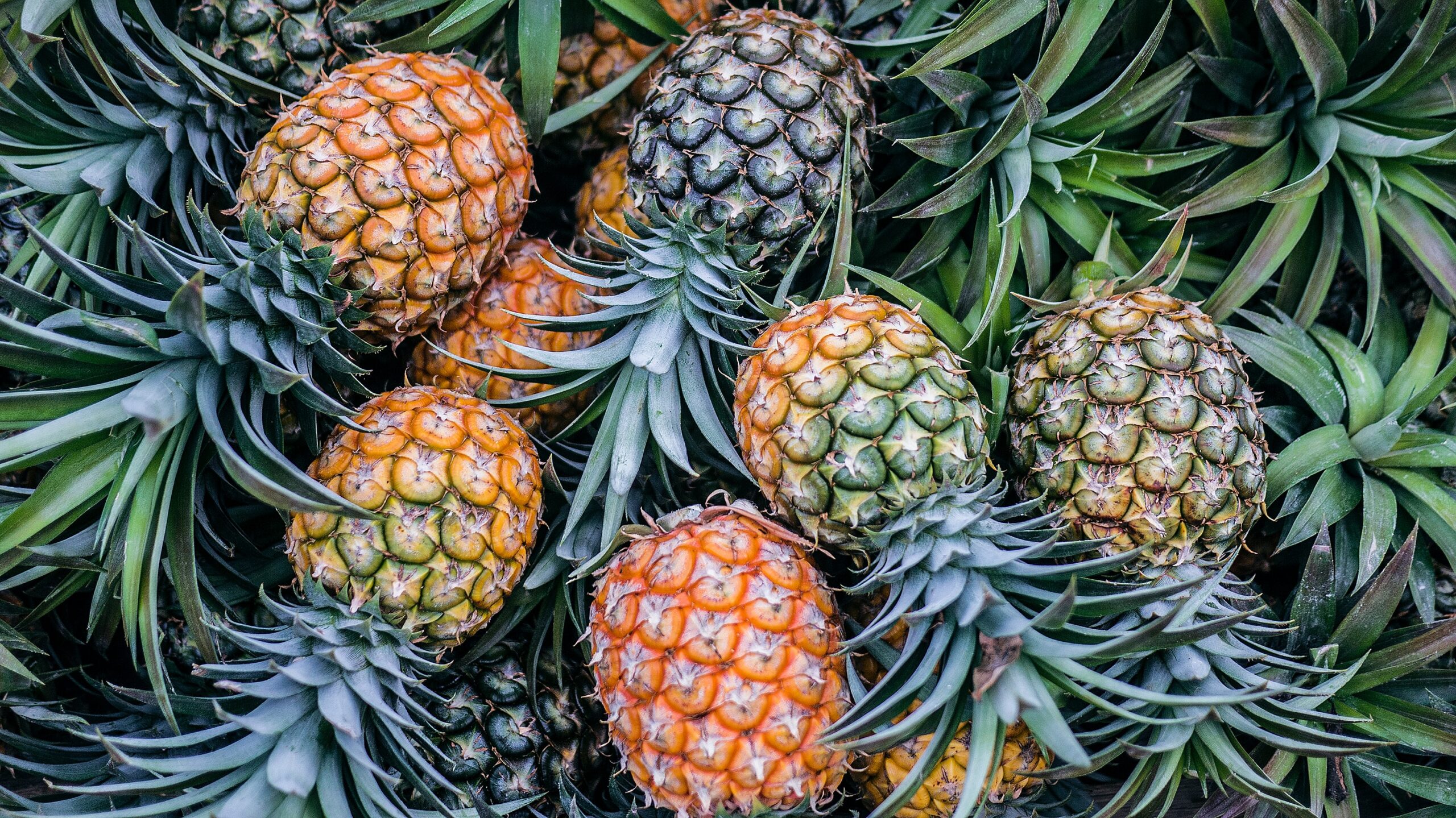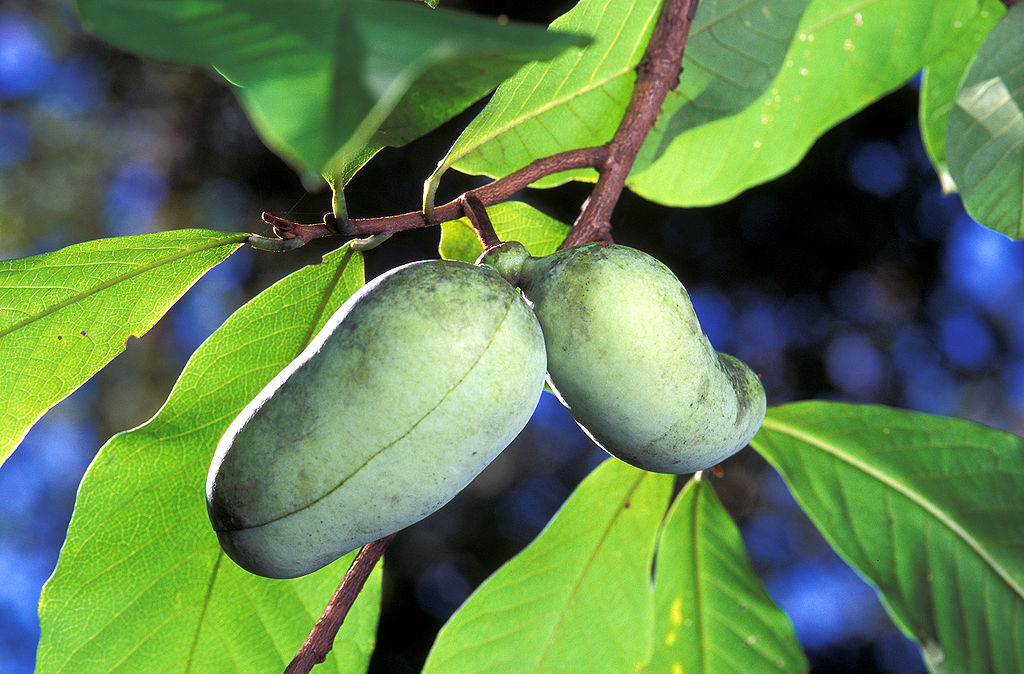When it comes to both size and population, North America ranks as the third-largest continent in the world. Numerous countries, including Canada, Puerto Rico, Jamaica, Mexico, Panama, Guatemala, Dominican Republic, Haiti, and much more – are part of North America. Furthermore, the continent also houses an exquisite variety of native fruits that were often consumed by native Americans, who then discovered how to utilize them in a variety of cuisines that were later introduced over the world.
One of the well-known fruits that originated in the continent – is the apple and its varieties, such as Spartan apples, Grimes Golden, Black Gilliflower apples, Empire apples, Cortland apples, Porter apples, Baldwin apples, Pristine apples, Macoun apples, Esopus Spitzenburg apples, Chenango Strawberry apples, Yellow Bellflower apples, Blue pearmain apple, etc.
You might be puzzled as to why there are such wide varieties of it, but the answer is straightforward. Both farmers and consumers desire some particular qualities in apples, and creating a new type of it is frequently the best course of action.
In addition, here is a list of North America’s unique fruits that the world should know of:
1. Sapote. The tall, evergreen sapote tree is covered in white latex throughout. It is indigenous to the regions encompassing southern Mexico and Nicaragua. The fruit is spherical, has tough skin, and has a sweet, creamy flesh that is supposed to taste similar to a blend of sweet potatoes and pumpkin.
2. Antigua Black Pineapple. Its distinguishing features are the fruit’s crisp texture, minimal fiber content, low acidity, and golden-yellow flesh color. This is the sweetest pineapple in the world and is mainly grown on the continent’s southwest coast. Due to a particular soil type and the right amount of rainfall, it has a sweeter flavor than other pineapples since its sugar concentration is higher.
3. Huckleberries. Native to North America, huckleberries are widely cultivated in the mountainous regions of the northern west part of United States and Canada. The berries can be blue, dark purple, bright red, black, or even yellow to white in coloring. Their size and color might vary depending on the species.
But the one you most likely haven’t tried yet is the “Pawpaw“. Our readers may not have heard of this fruit because it was never grown out of the North American continent – but, it is a fruit indigenous to the country. It is considered exotic because they require a unique growing climate of low, moist locations and they mostly spoil only a few days after harvest.
4. Asimina triloba is the scientific name of this plant. It mainly continues to thrive in temperate regions and is rather simple to find in wilderness areas. The pawpaw is a big shrub with a broad crown, slender stem, and alternately – simple leaves that are usually 6–12 inches long and 3-5 inches wide, with the largest portion above the middle. The bark is smooth, thin, and ash to dark brown in color. Its twigs are thin, olive-brown, and frequently blotched. It is smooth when young, and becomes rougher as they age.
5. Pawpaw is a tropical fruit that has been linked to several well-known historical people. For instance, Lewis and Clark (Meriwether Lewis and William Clark), both Americans – who were widely recognized for their expedition from the Mississippi River to the West Coast and back. They were both reputed to be big fans of the said fruit. They mentioned in their diaries that they liked the pawpaw a lot. When other supplies ran low during their trip in 1806, they occasionally turned to this fruit for survival.
This fruit has only recently slowly risen to prominence again among the general public as few orchards are now supplying farmers’ local markets – making it more accessible to both residents and international visitors to the country to purchase this exquisite fruit.
Over the years, this pawpaw became best incorporated in salsa, tarts, pies, cakes, juices and smoothies. Its taste resembles a blend of citrus fruit, mango, melon, and banana.
Conclusion:
North America’s soil has an interesting impeccable wealth of charm in growing various unique, delicious fruits. However, pawpaw has played a significant role in American history as it took an active part in the survival of native Americans throughout the years. America’s biggest edible fruit is enriched with antioxidants and vitamin C. However, despite the difficulty of cultivating this type of fruit in the country, the people of Northern America still strived to find ways to produce this exotic fruit with a remarkable taste and sweet undertone. It is now utilized in many dishes across the continent and worldwide.



